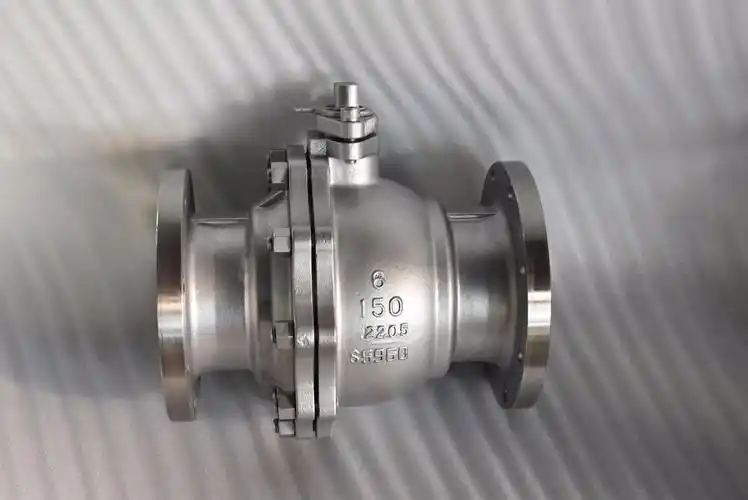|
Marine Valves: Vital Components in Maritime EngineeringMarine valves are indispensable devices in the maritime industry, serving as critical control mechanisms for fluid flow in ships, offshore platforms, and other marine structures. These valves regulate the pressure, flow rate, and direction of liquids and gases—such as seawater, fuel, steam, and chemicals—within complex piping systems. Designed to withstand the harsh marine environment, including corrosion, high pressure, and extreme temperatures, marine valves ensure the safety, efficiency, and reliability of maritime operations. Key Functions of Marine Valves Flow Control: Marine valves manage the movement of fluids in systems like engine cooling, fuel supply, ballast, and bilge pumping. Safety Assurance: They act as emergency shut-off mechanisms, such as cutting off fuel lines during fires or preventing overpressure in boiler systems. System Isolation: Valves allow specific sections of a piping network to be isolated for maintenance or repairs without disrupting the entire system. Common Types of Marine Valves Marine valves are classified based on their design, function, and application. Key types include: Gate Valves: Used for on/off control in large-diameter pipelines (e.g., ballast systems). They provide minimal flow resistance when fully open. Globe Valves: Ideal for throttling and precise flow regulation in steam and fuel systems. Ball Valves: Known for their quick quarter-turn operation and durability, commonly used in fuel and hydraulic systems. Butterfly Valves: Compact and lightweight, suitable for ventilation, air intake, and low-pressure fluid systems. Check Valves: Prevent backflow in systems like bilge pumps and condensate return lines. Safety/Relief Valves: Protect systems from overpressure by releasing excess fluid, often in boiler and engine compartments.
Specialized Valves: Seawater Intake Valves: Control the flow of seawater into ship systems. Cargo Oil Valves: Regulate the transfer of crude oil in tankers. Refrigeration Valves: Include thermal expansion valves and pressure regulators in refrigeration systems. Materials and Design Considerations Marine valves must resist corrosion from saltwater, chemicals, and mechanical stress. Common materials include: Stainless Steel (316L): Resists seawater corrosion and high temperatures. Duplex and Super Duplex Steel: Offers superior strength and corrosion resistance for deep-sea applications. Nickel Alloys: Suitable for high-temperature or highly corrosive environments (e.g., exhaust systems). Brass and Bronze: Used in low-pressure systems like freshwater and air lines. Design standards such as ISO 17292, API 600, and ASME B16.34 ensure compliance with marine-specific requirements, including leak-proof seals and resistance to vibration and shock. |

